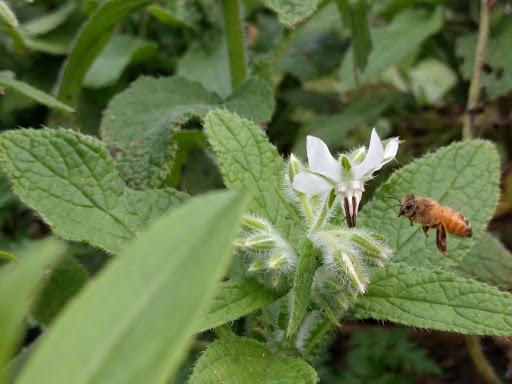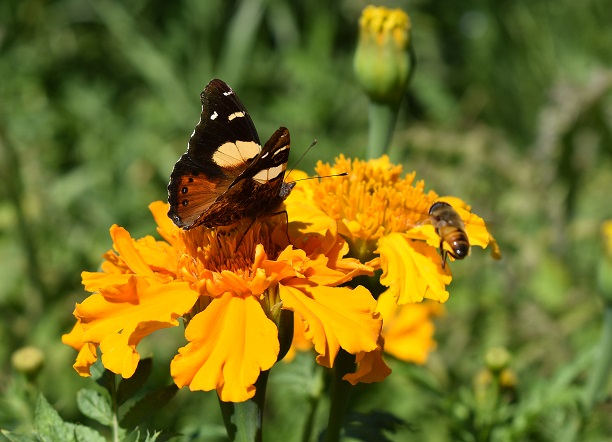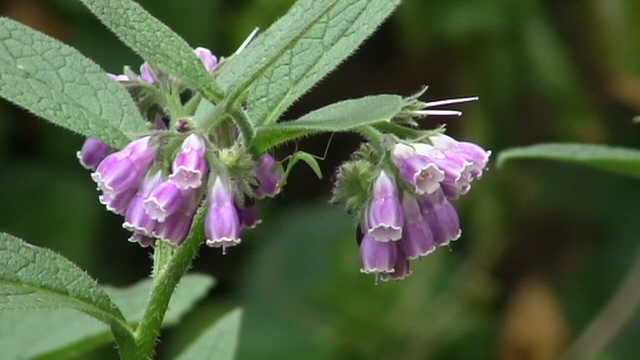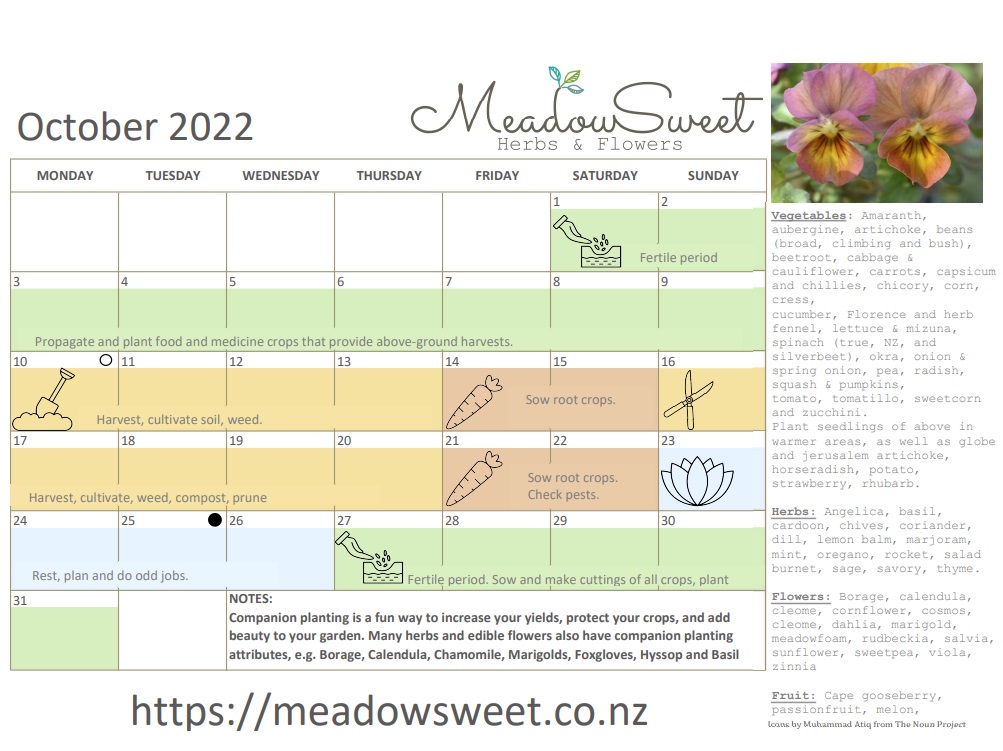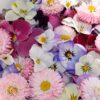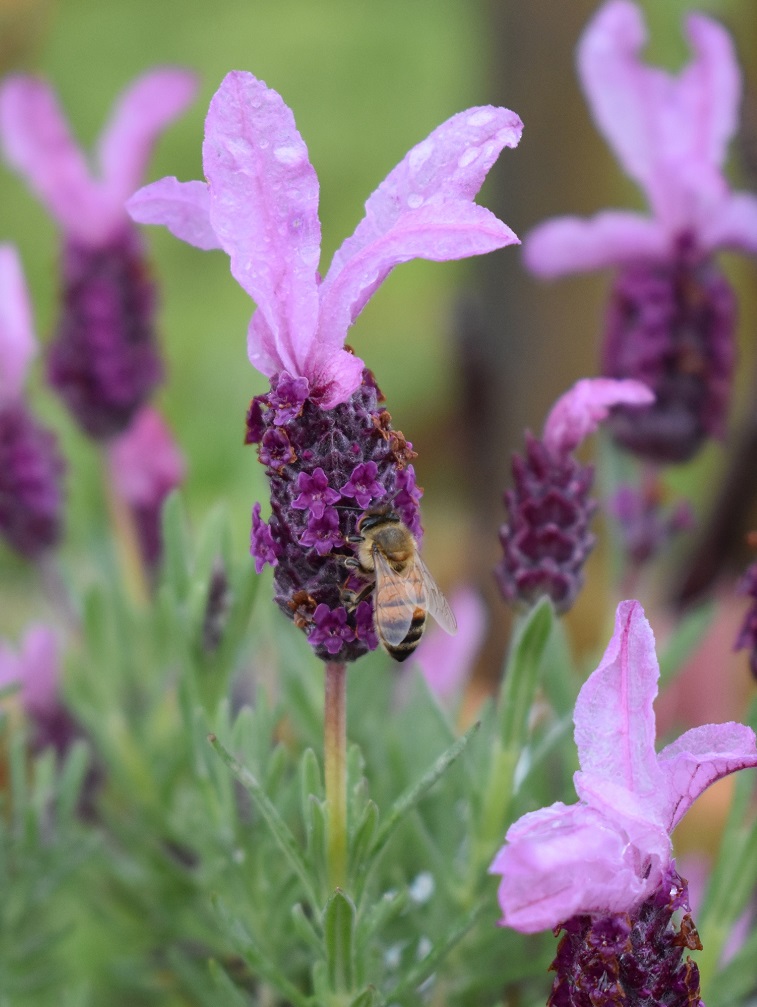
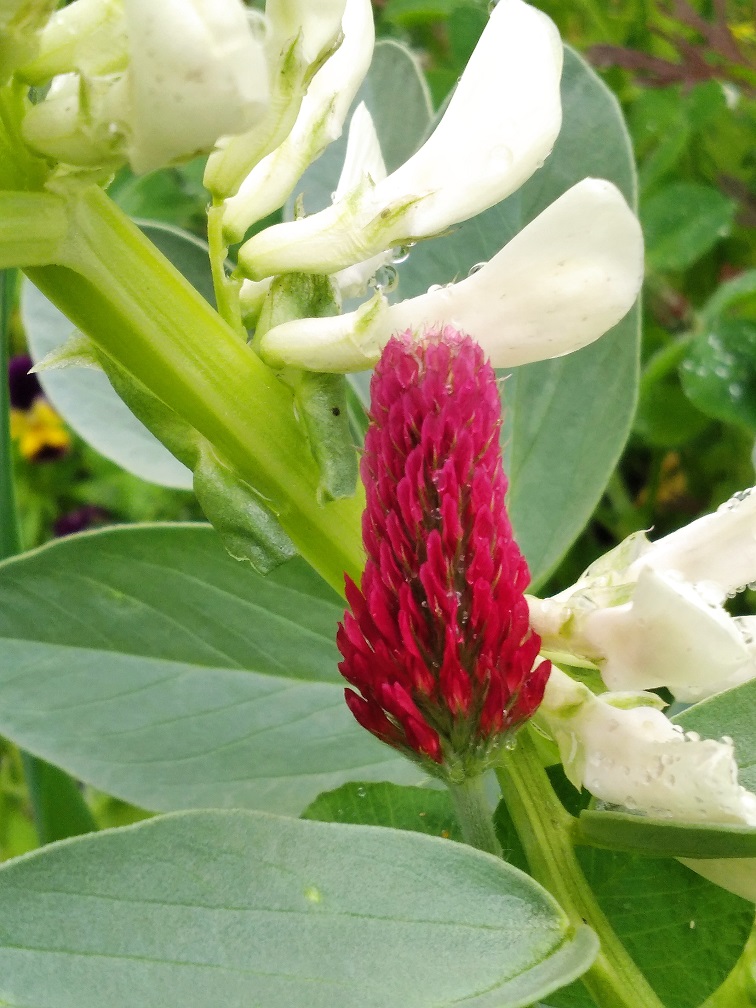
Planting Season is Upon Us!
There’s a poem in Afrikaans (my home language) whose opening line proclaims (translated): “October! October! The most beautiful month!”, and every time the calendar flips over to this, the tenth month of our year, I feel like shouting that line from the rooftops!
Blossoms are plentiful on fruit trees, new growth is sprouting up from winter dormant plants, and self-sown seeds are germinating everywhere in the garden.
It is the busiest month, propagating and planting for gardeners, as most of anything can be put to ground now…. barring a few early cold snaps (snow in October in Christchurch?!)

Climate outlook
According to NIWA, October is likely to have warmer temperatures, more sunshine and fewer westerly winds. Rainfall is likely to be normal and after lots of rain earlier this year that led to substantial groundwater recharge and a replenishment of water storages, soil moisture and river flow conditions across the country, will return to near normal.
Lunar Calendar and Sowing Seeds
A few companion planting ideas to get you going this spring!
Companion planting is a term used to describe the deliberate growing of specific plants in near proximity to each other to affect the growing of either, or both, in a positive way.
My 6P’s of companion planting principles (read more here) says you can plant herbs, flowers and vegetables as companions for:
1. Pest Control
E.g. Dill attracts predatory insects that feasts on pest bugs, and Marigold is said to mask the scent of crop plants so pest bugs don’t find them so easily.
2. Pollination
E.g. Borage is much loved by bees and when the bees come for the borage, they pollinate nearby crop plants too.
3. Productivity
E.g. Intercropping radishes and lettuces makes the best use of space – by the time the lettuces need more space to grow, the radishes are ready to harvest.
4. imProve soil
E.g. Comfrey is a great biomass plant whose leaves make an excellent chop-n-drop mulch.
5. Physicians
E.g. both chamomile and foxgloves are said to help ailing plants if planted nearby, and is generally supportive of neighbouring plants.
6. Plating
E.g. if you plant basil with tomatoes, or savory with beans, you remember to pick the herb with the harvest of crop – they are naturally good together for eating/cooking.
